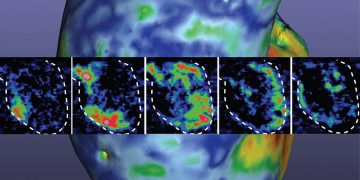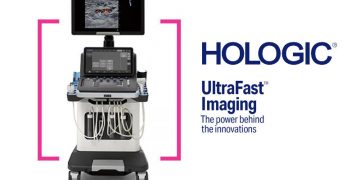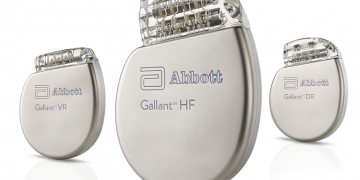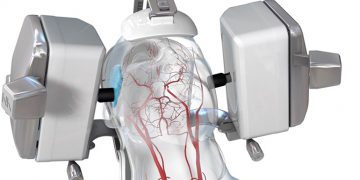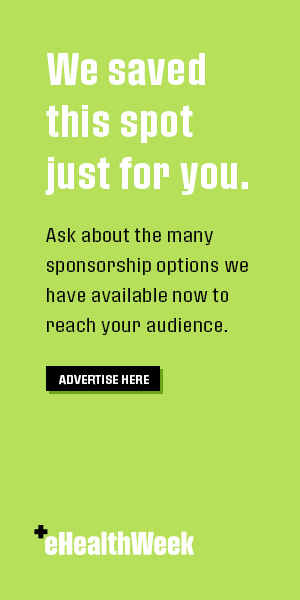You go out to a bar with friends this week, and you’re planning to visit your elderly relatives in a few days. You feel healthy, and you even get a COVID-19 test out of caution. The result comes back negative. Is it safe to go?
Not exactly, experts say. How well COVID-19 tests work in people who feel healthy is still a key unknown of the pandemic. The test may overlook the small but growing amounts of virus in someone who has not yet developed symptoms, who could still go on to spread COVID-19 without knowing it. So as Americans weigh the risks of attending protests, rallies, birthday parties, dinners, and all of the social gatherings that make up normal life, they will have to contend with the uncertainty that a negative test result does not rule out infection. “If they go do a risky contact, they can’t get a ‘Get out of jail free’ card. They can’t just get tested and feel fine,” A. Marm Kilpatrick, a disease ecologist at UC Santa Cruz, says.
[Read: America is giving up on the pandemic]
Understanding false negatives from COVID-19 tests is especially important because people who do not yet know that they’re sick play a major role in the spread of COVID-19. A study based on data in and around China suggests that 44 percent of transmission comes from presymptomatic cases. The United States has not isolated people who say they feel sick as aggressively as China has, so it likely has a higher proportion of symptomatic transmission, Benjamin Cowling, an epidemiologist at the University of Hong Kong, who co-authored the study, says. But China’s experience makes clear that simply isolating people once they are sick is not enough. “We can’t ignore presymptomatic transmission,” Cowling says. “Even if you manage to stop some of the transmission from going on by doing isolation cases, you still will have this presymptomatic transmission, which keeps the epidemic going.”
It’s still unclear how good COVID-19 tests are at finding these presymptomatic cases, but the timing of the test matters. As soon as the coronavirus finds its way into a new host, it hijacks cells to copy itself. The amount of virus builds over this time, peaking at or right before symptom onset, which can take two to 14 days but usually takes an average of five or six. Accordingly, public-health authorities have advised getting tested about four days after exposure.
[Read: The protests will spread the coronavirus]
This is a reasonable recommendation, given the knowns, but surprisingly little data exists on how early COVID-19 tests can detect infection before symptom onset. One model using COVID-19 cases from seven previously published studies suggests that the false-negative rate is 100 percent on day one of exposure, which falls to 38 percent on day five (when symptoms on average appear) and then a minimum of 20 percent on day eight. But in combing the literature, the researchers behind this model found only one case where a patient was tested before feeling sick—as part of a cluster at a chalet in the French Alps. Moreover, the model doesn’t address a whole other set of people who never develop symptoms at all. “It gave no information about people who are permanently asymptomatic,” Justin Lessler, an epidemiologist at Johns Hopkins University who co-authored that study, told me.
More data are likely to come soon. On Tuesday, the Food and Drug Administration released recommendations for labs and manufacturers that want to validate COVID-19 tests in people who don’t have symptoms. (Currently, no tests are FDA-authorized for screening asymptomatic people.) Testing large numbers of asymptomatic people—such as by pooling samples—to identify potential silent carriers will also be an essential part of the reopening strategy for schools and businesses.
[Read: COVID-19 can last for several months]
For individuals, however, the FDA cautions that negative results do not rule out infection. It asks that asymptomatic tests include this statement: “Negative results must be considered in the context of an individual’s recent exposures, history, presence of clinical signs and symptoms consistent with COVID-19.” And this, in the face of imperfect COVID-19 tests, is key to interpreting a negative result. It depends on your probability of having COVID-19 in the first place.
Consider again the decision to visit elderly relatives after a negative test. “If you have symptoms or you work in a place where you’re at high risk for exposure, then even with a negative test, you might want to think really hard about it,” Steven Woloshin, a co-director of the Center for Medicine and Media at the Dartmouth Institute, explained to me. “If you’re at low risk because you live in some remote area, you’re practicing social distancing, you always wear a mask, and you feel fine,” a negative test is probably a true negative. So even with widespread testing, social distancing and masks will continue to be important for controlling the spread of COVID-19.

